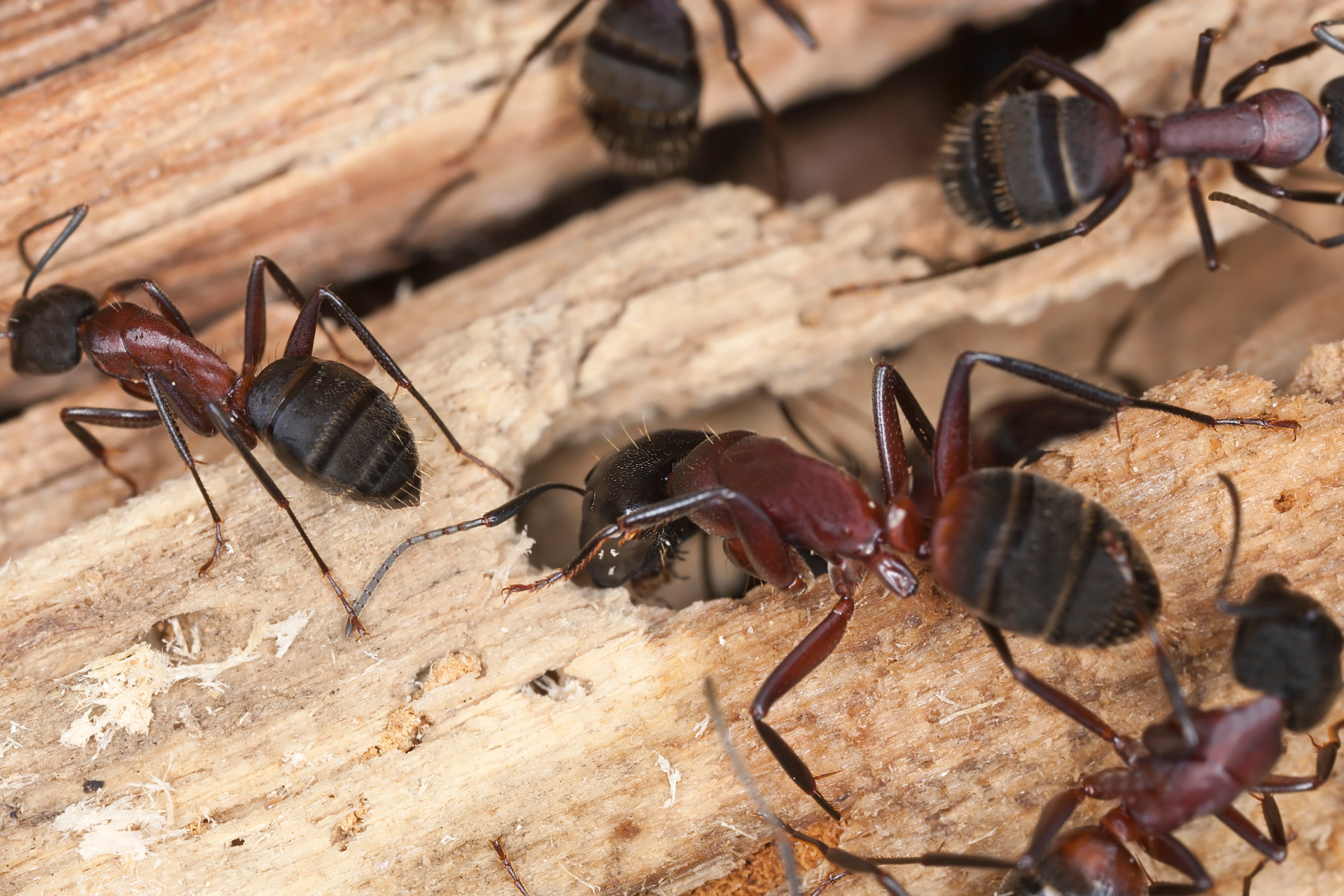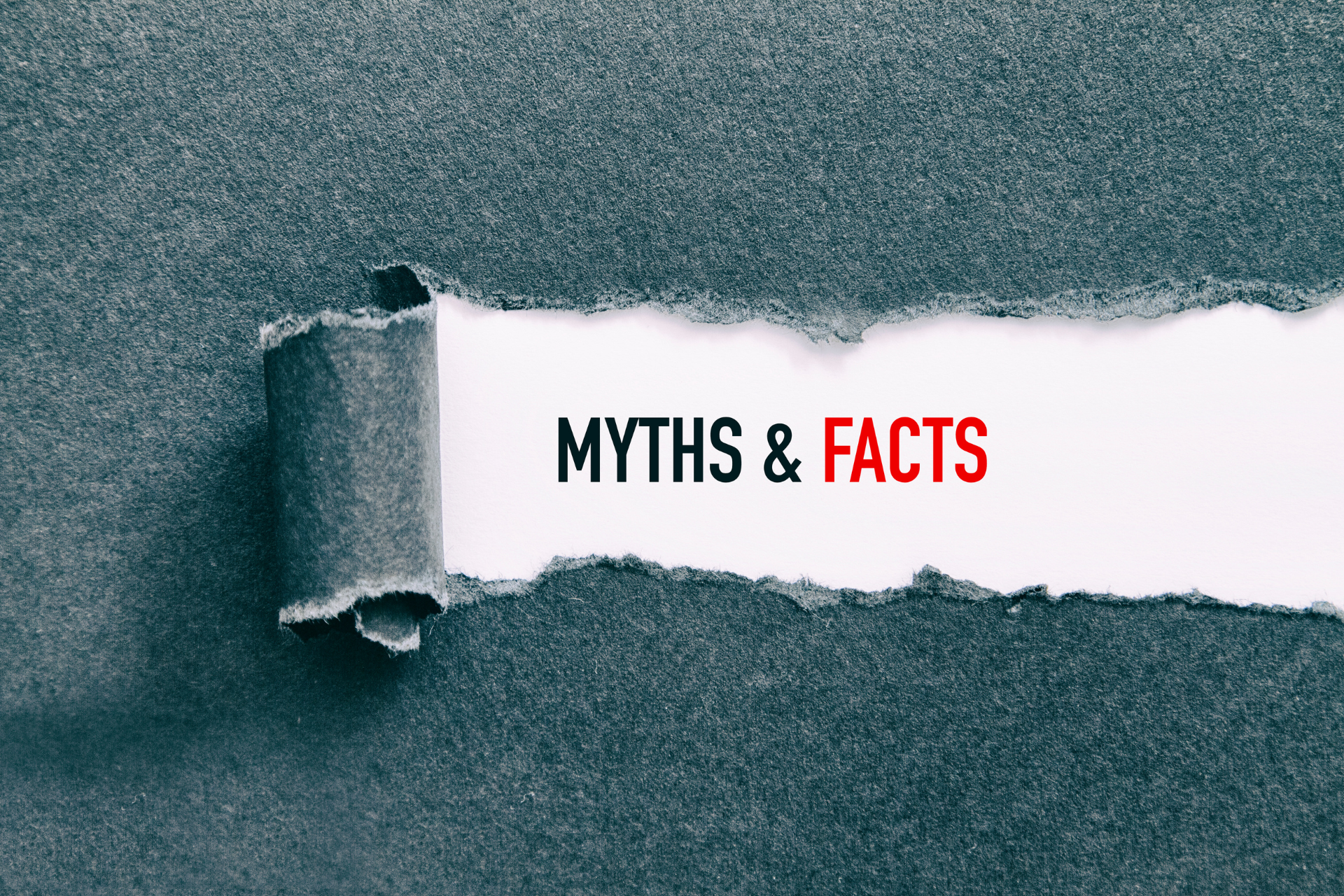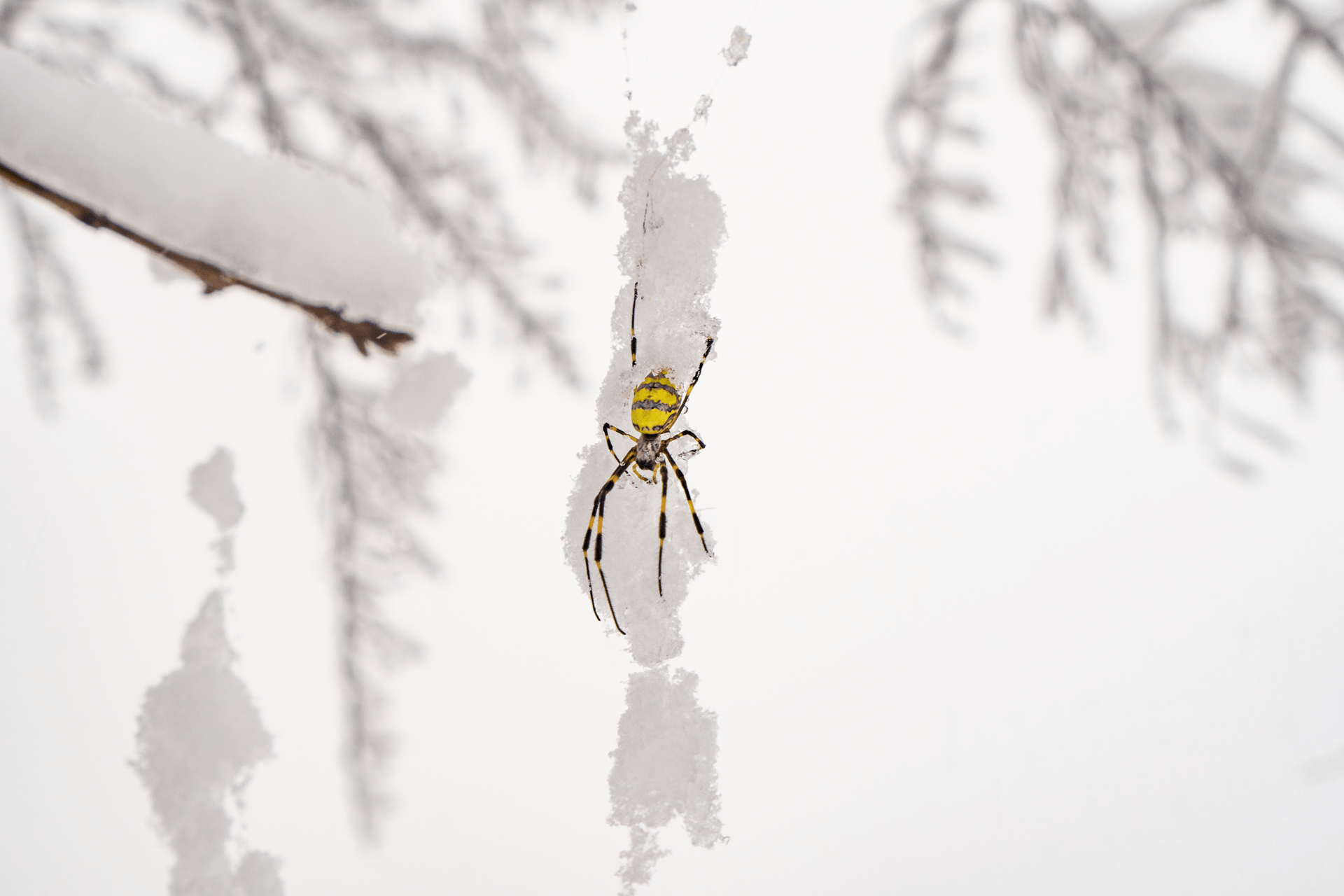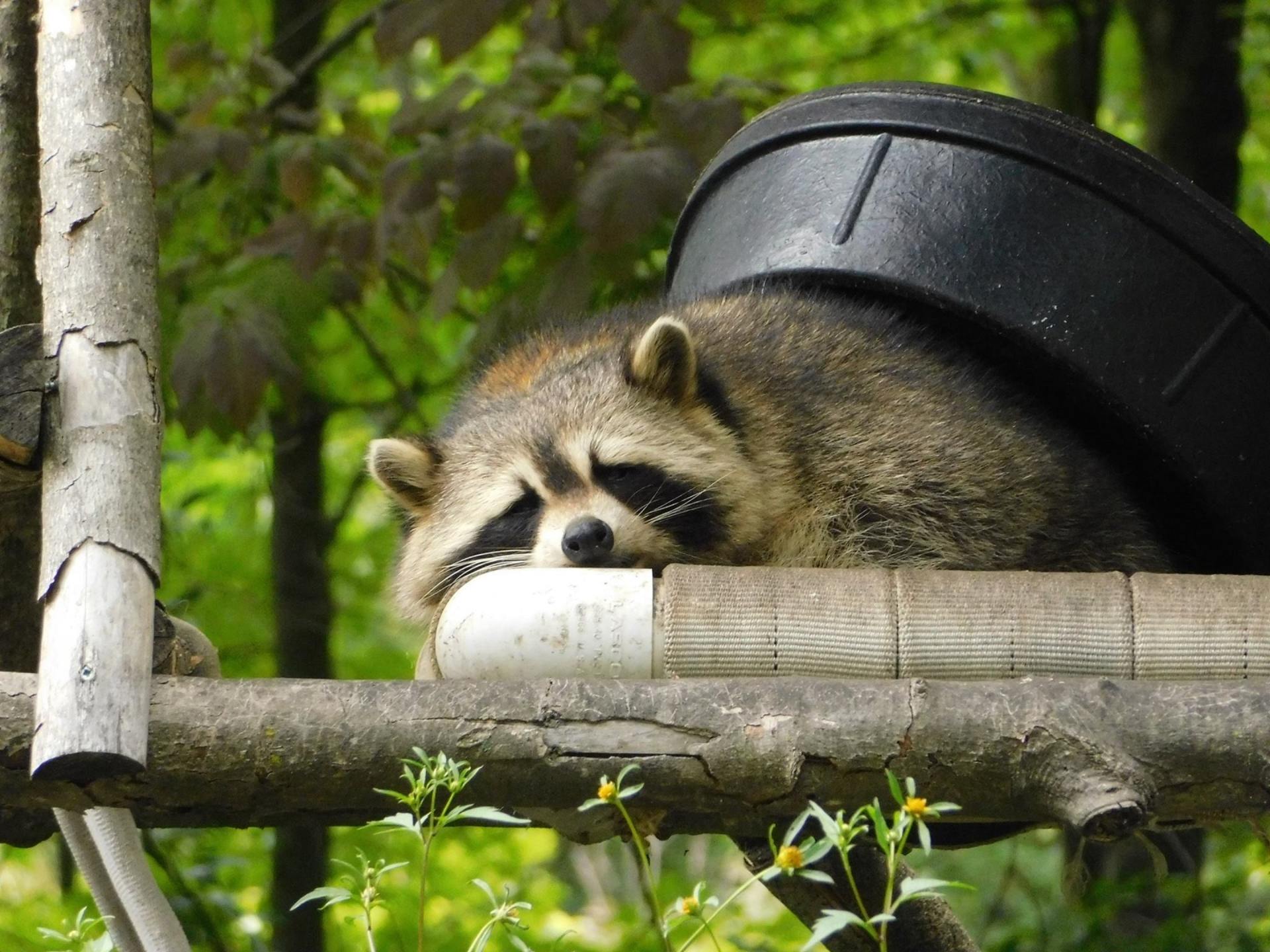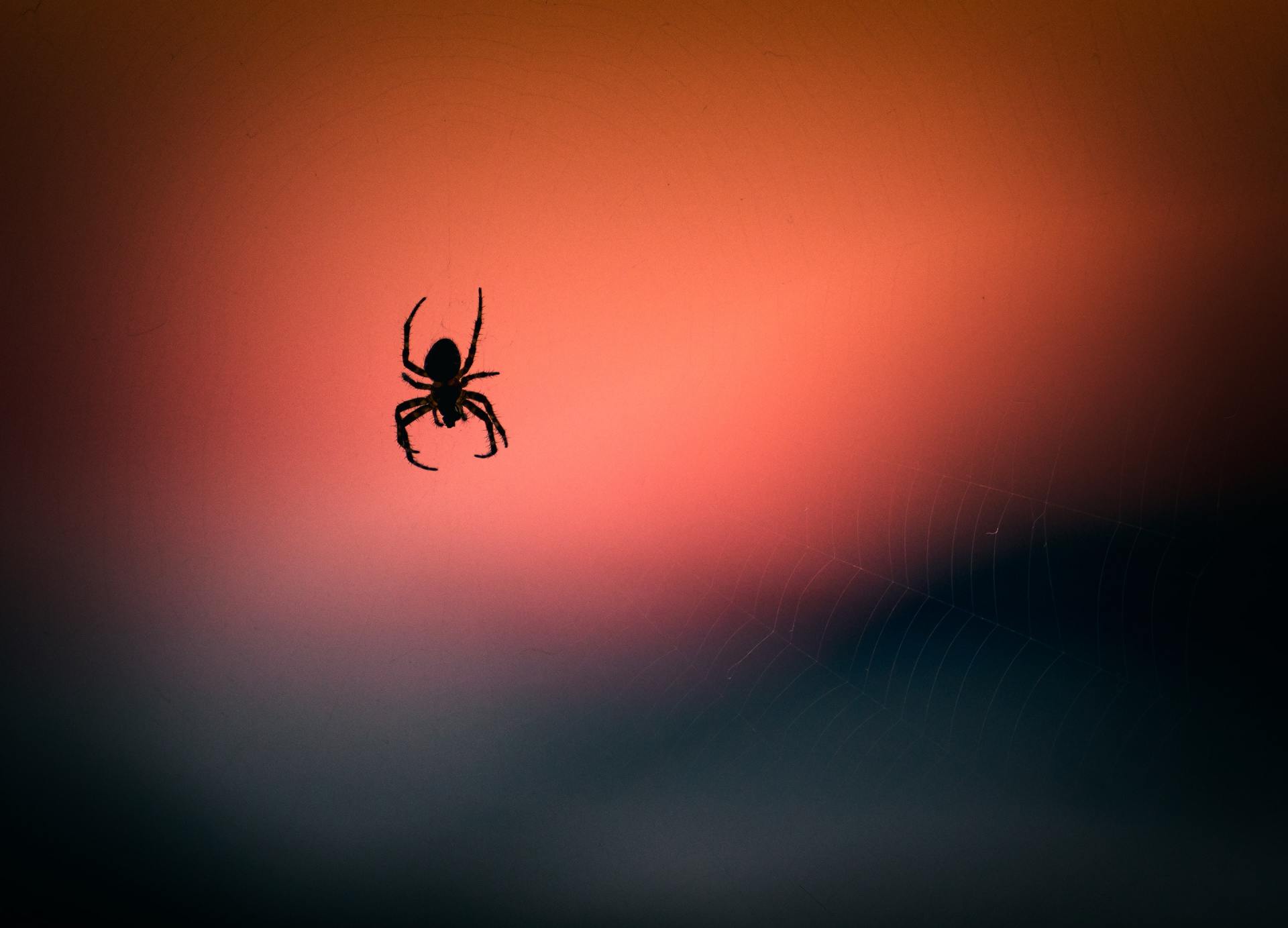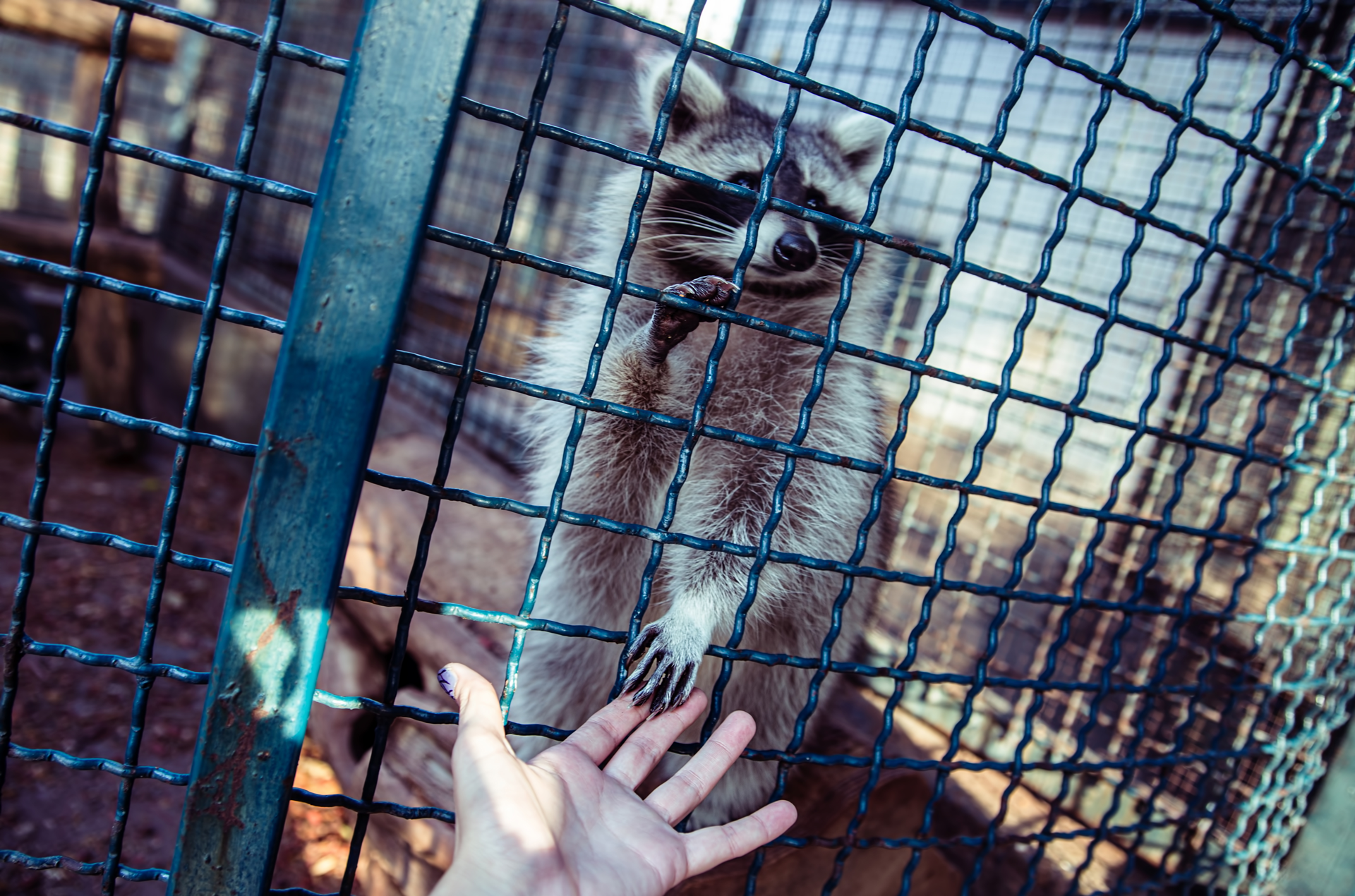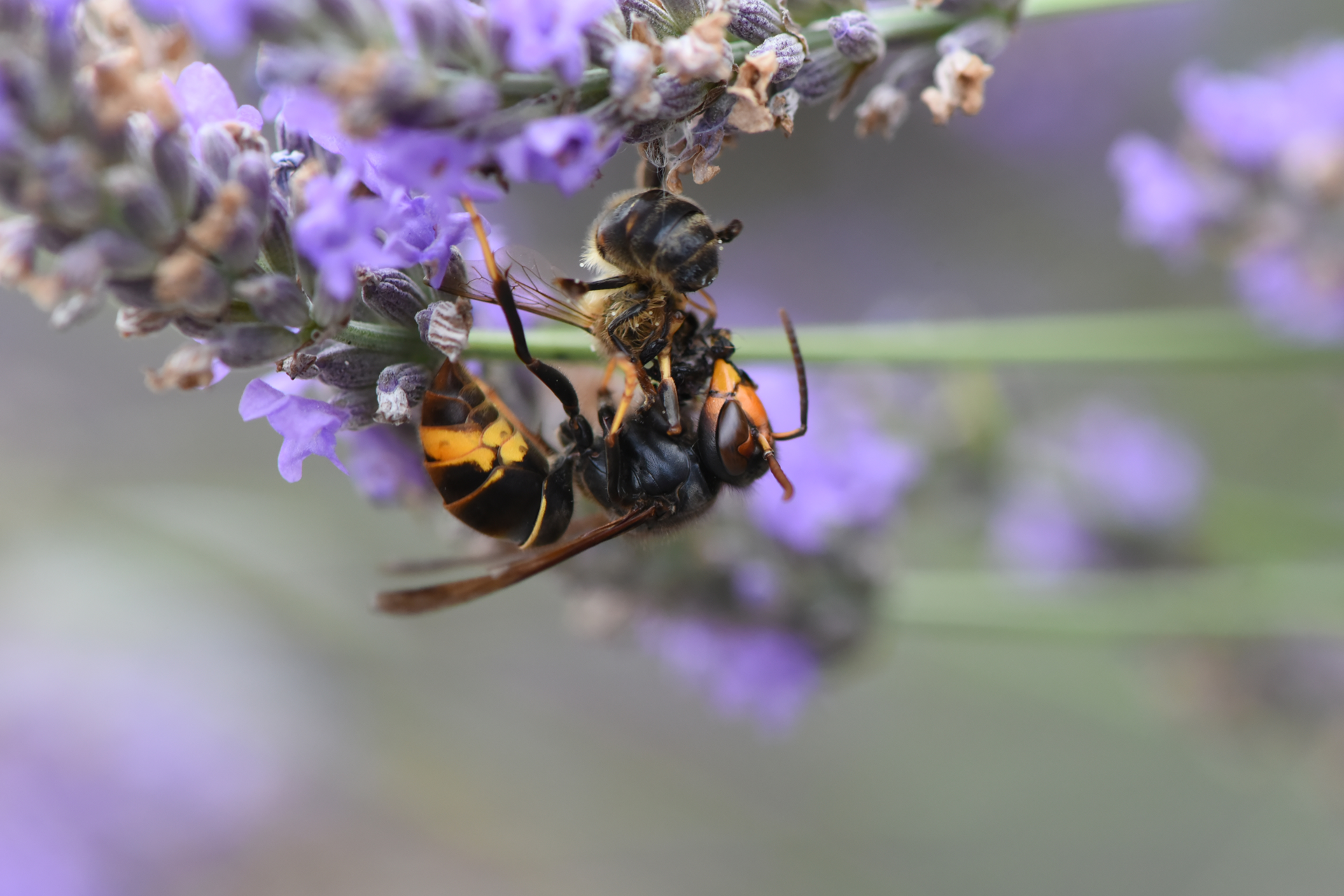Pests In Pop Culture
Pests In Cultural Narratives
Pests have long been a part of human history, not only as nuisances in our homes and gardens but also as significant figures in our cultural narratives. Their persistent presence in pop culture—from the silver screen to ancient myths and even in the music we listen to—reflects our complex relationship with these creatures.
Horror Movies
In the early days of black-and-white films, pests were already creeping into the frame. Alfred Hitchcock's "The Birds" (1963) is a quintessential example, where the seemingly innocent creatures turn into harbingers of doom. This film not only terrified audiences but also cemented the idea that pests could be more than just background nuisances—they could be central to the plot, driving the horror forward.
Moving into more modern times, movies like "Arachnophobia" (1990) took the fear of spiders to new heights. The film’s portrayal of aggressive, deadly spiders invading a small town played on the common fear of arachnids and amplified it with the threat of death. The character of Dr. Ross Jennings, portrayed by Jeff Daniels, embodies the everyman thrust into a nightmare scenario, making the audience's fear feel personal and immediate.
Psychologically, they are effective in horror because they tap into primal fears. Spiders, rats, and insects often trigger an instinctive fight-or-flight response due to their potential to carry diseases or inflict pain. Filmmakers exploit these fears by using close-up shots, sudden movements, and eerie sound effects to create an atmosphere of tension and dread. The unpredictability of these creatures—whether they can strike or simply scuttle away—keeps viewers on edge, ensuring their place in horror cinema.
Pests In Folklore
In Greek mythology, for example, spiders are associated with the tale of Arachne. A talented weaver, Arachne boasted that her skills surpassed those of Athena, the goddess of wisdom and crafts. Offended by her boast, Athena challenged her to a weaving contest, and when Arachne’s work was deemed equal, if not superior, she was transformed into a spider. This myth explains the origin of spiders and serves as a cautionary tale against arrogance and disrespect towards the gods.
Native American folklore also features pests in significant roles. The Hopi tribe tells the story of the Spider Grandmother, a benevolent figure who helped guide and protect the tribe. She is seen as a creator and a teacher, demonstrating the dual nature of pests in folklore—they can be both feared and revered, depending on their cultural context.
Asian folklore provides another rich history of pest-related myths. In Japanese culture, the Jorogumo, or "binding bride," is a spider that can transform into a beautiful woman to ensnare and devour her victims. This tale combines elements of beauty and horror, illustrating the complex relationship humans have with these creatures.
Pop Literature
Pests in pop literature often carry symbolic weight, representing broader themes and concepts. In George Orwell’s novel "1984," rats are used to symbolize fear, oppression, and the loss of humanity. The central figure, Winston Smith, is terrified of rats, and this fear is exploited by the government to break his spirit. The rats embody the intrusive nature of the government’s control over individuals' lives.
Similarly, in Franz Kafka’s novella "The Metamorphosis," Gregor Samsa awakens to find himself transformed into a giant insect, commonly interpreted as a cockroach or beetle. Gregor’s insect form isolates him from his family and society, illustrating the profound impact of perceived monstrosity.
Enhancing Atmosphere And Plot
Pests are frequently used to create a particular atmosphere or drive the plot forward. In Stephen King’s "The Mist," an impenetrable mist filled with monstrous insects and otherworldly creatures descends upon a small town. The presence of these pests heightens the tension and fear, propelling the story into a nightmarish scenario where survival becomes the central concern.
In the Harry Potter series by J.K. Rowling, they are woven into the magical world to add layers of intrigue and realism. The presence of creatures like the Acromantula, a giant spider, and the Basilisk, a deadly serpent, contribute to the dark and mysterious atmosphere of the series. These pests not only serve as formidable adversaries but also as plot devices that challenge the characters and reveal their bravery and resourcefulness.
In "The Exorcist" by William Peter Blatty, the presence of pests such as rats and insects underscores the malevolent force possessing the young girl, Regan. The infestation of pests parallels the spiritual corruption and physical deterioration she experiences, heightening the horror and sense of dread throughout the novel.
Cultural And Historical Contexts
The portrayal in literature often reflects the cultural and historical contexts in which the stories are written. In "The Plague" by Albert Camus, rats become carriers of the bubonic plague, devastating the town of Oran. This novel, set during an epidemic, explores themes of human suffering, mortality, and the struggle for meaning in the face of uncontrollable forces. The rats symbolize the relentless spread of disease and the random nature of death.
In contrast, in the fantasy genre, pests can take on more fantastical forms, influenced by the mythologies and folklore of different cultures. For example, in J.R.R. Tolkien’s "The Lord of the Rings," the giant spider Shelob embodies ancient fears and serves as a significant obstacle for the fellowship. Shelob’s character is rooted in various mythological traditions, including the monstrous spiders of Norse and Greek myths, reflecting Tolkien’s deep knowledge of these cultural stories.
From horror movies that exploit our deepest fears to folklore that intertwines with cultural beliefs, and literature that uses pests as powerful symbols, these creatures have left an indelible mark on our collective consciousness.
Regardless of their place in pop culture, we still don’t want them roaming around our homes and businesses. At Stratex Pest Control, our comprehensive pest control services ensure your home is pest-free. Contact Stratex Pest Control today for a consultation and let's turn your pest problems into a thing of the past.
All Rights Reserved | Stratex Pest Control


